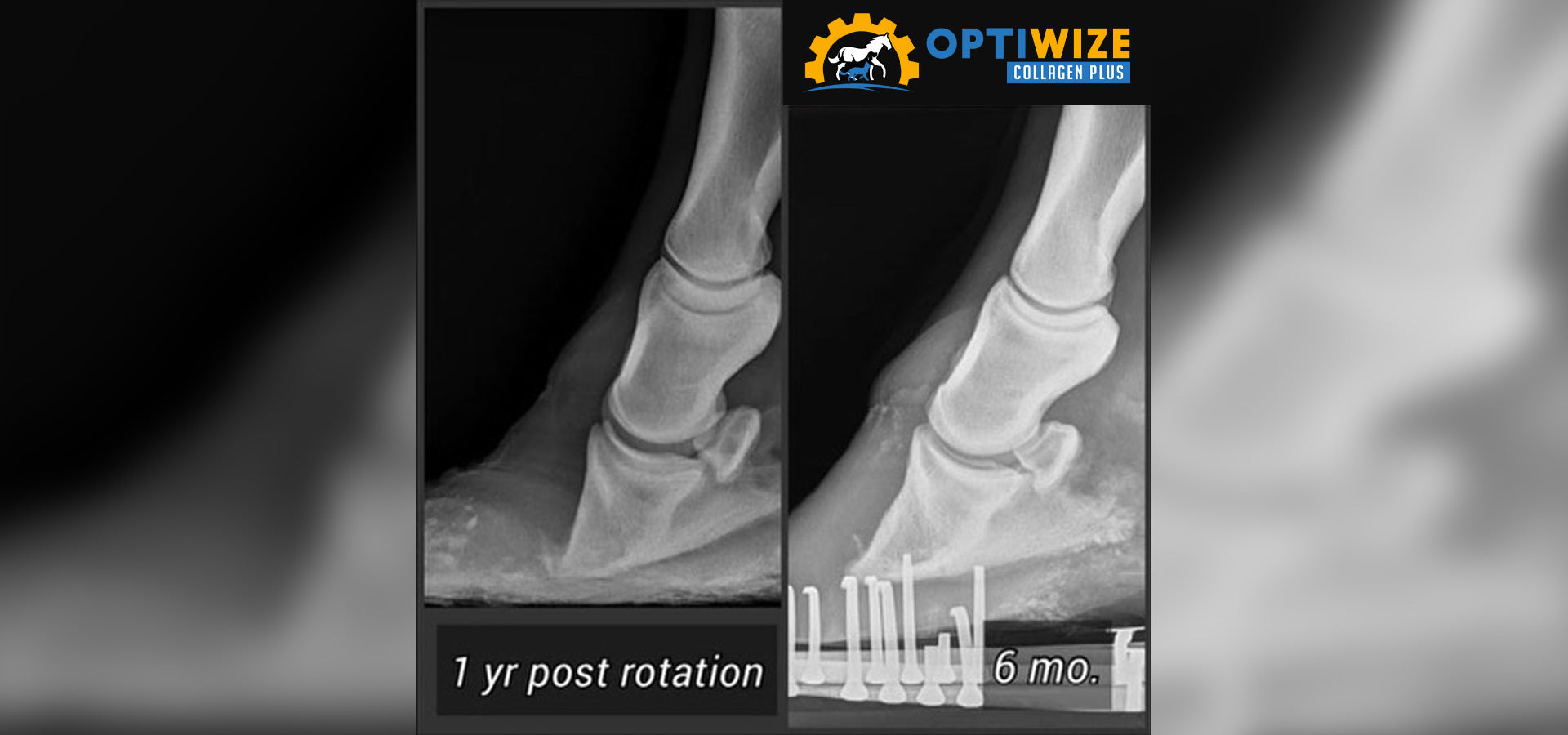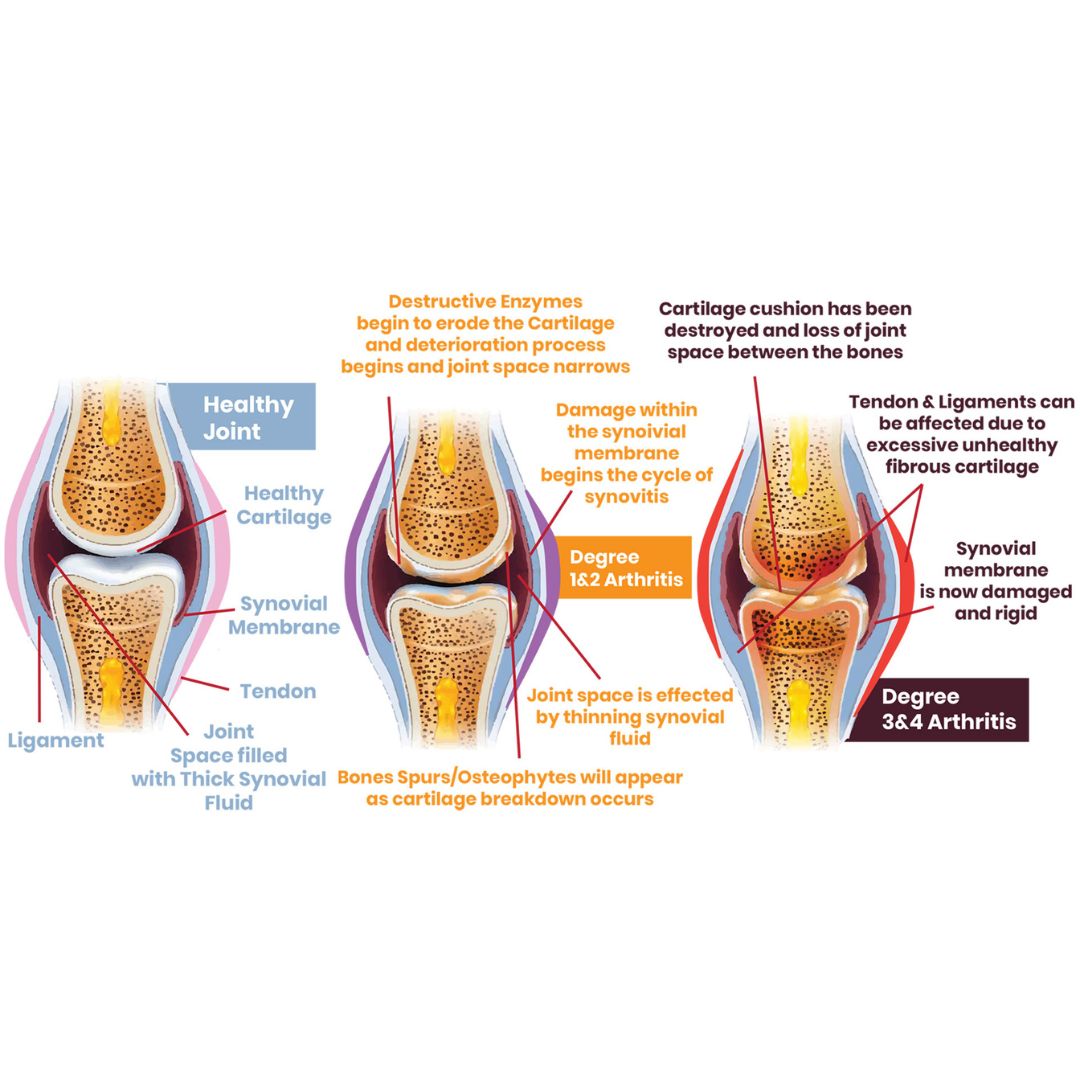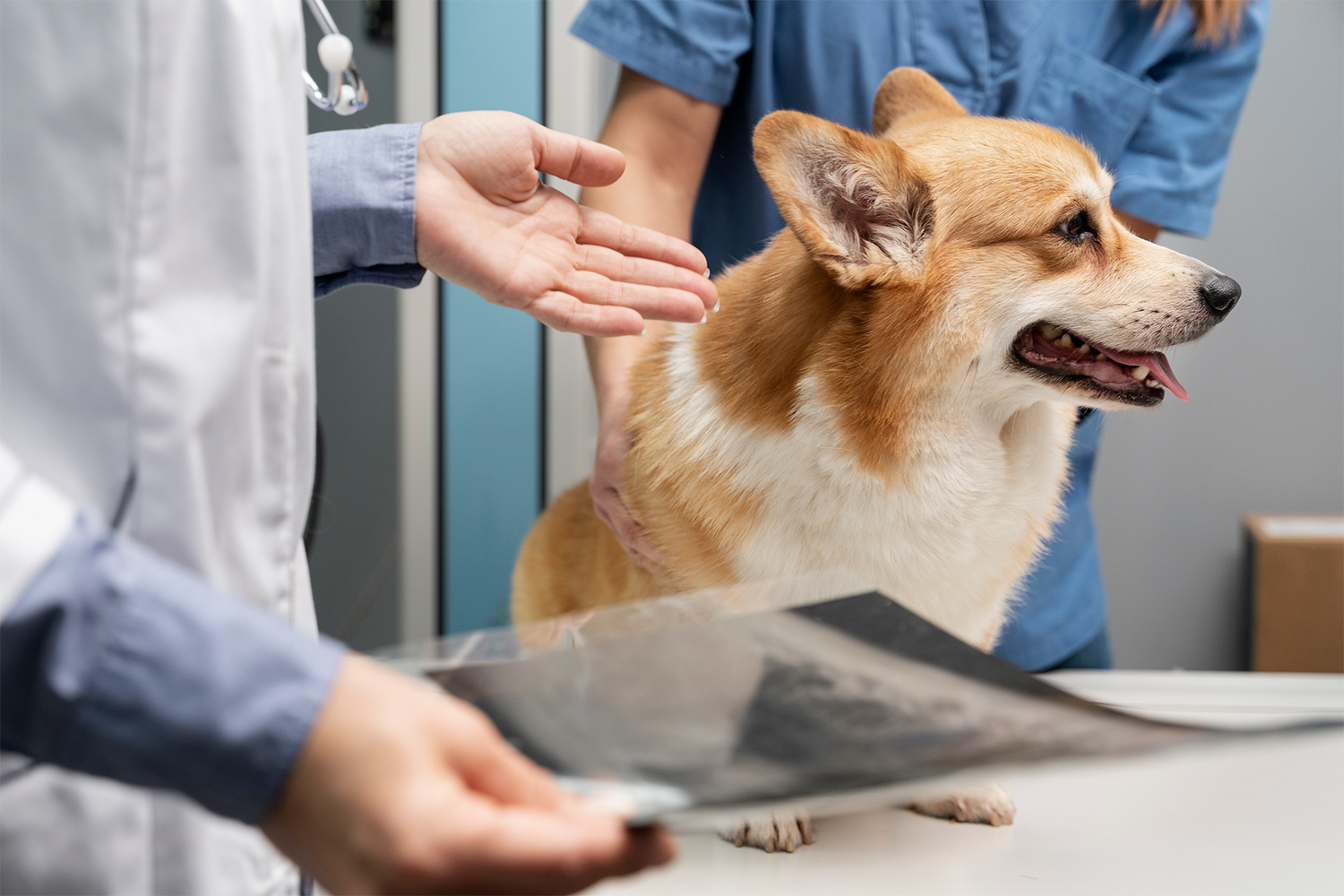Laminitis and founder are two debilitating conditions that affect horses worldwide. As horse owners and enthusiasts, it's imperative to grasp the nuances of these ailments to ensure the well-being and longevity of our equine companions. In this comprehensive guide, we delve into the intricacies of laminitis and founder, shedding light on their causes, symptoms, diagnosis, treatment, and prevention strategies.
Laminitic mare, high rehab dose
What is Laminitis?
Laminitis, often referred to as "founder" is a painful inflammatory condition affecting the laminae, which are delicate structures within a horse's hoof. The laminae act as a bond between the hoof wall and the coffin bone, providing crucial support and stability. When laminitis strikes, these structures become inflamed and weakened, compromising the structural integrity of the hoof and causing excruciating pain for the affected horse.
Causes of Laminitis
Laminitis can arise from various factors, including:
Dietary Imbalance: Overconsumption of carbohydrates, especially in the form of rich pasture grass or grain, can lead to digestive disturbances and metabolic imbalances, triggering laminitis in horses.
Metabolic Disorders: Horses with conditions such as equine metabolic syndrome (EMS) or Cushing's disease (pituitary pars intermedia dysfunction, PPID) are predisposed to laminitis in horses due to hormonal irregularities (pregnancy) and insulin resistance. This may also lead to laminitis in pregnant mares or even founder after foaling.
Extra Weight: Excessive weight-bearing on a single limb, prolonged standing on hard surfaces, mares managing excessive weight gain during pregnancy, or excessive physical activity can induce mechanical stress on the hoof, precipitating laminitis in horses.

Symptoms of Laminitis
Identifying laminitis in horses in its early stages is crucial for prompt intervention. Common signs and symptoms include:
Lameness: A shifting or reluctant gait especially when turning in circles or walking on hard surfaces, is indicative of laminitic discomfort.
Increased Digital Pulse: Palpating the digital pulse in the affected limb may reveal an elevated pulse rate, signifying inflammation within the hoof capsule.
Heat in the Hoof: Heat emanating from the hoof, particularly in the sole or coronary band region, indicates localized inflammation associated with laminitis in horses.
Understanding Founder
Founder in horses, often used interchangeably with laminitis, specifically refers to the displacement or rotation of the coffin bone within the hoof capsule. In severe cases of laminitis, the weakened laminae may fail to support the coffin bone adequately, leading to its downward displacement or rotation. Founder in horses represents an advanced stage of laminitis and poses significant challenges for both horse and owner.
Causes of Founder
The underlying causes of founder in horses mirror those of laminitis, with additional factors contributing to the displacement or rotation of the coffin bone:
Severe Laminitic Episodes: Prolonged or recurrent bouts of laminitis in horses can exacerbate lamellar damage, increasing the likelihood of coffin bone displacement.
Poor Hoof Conformation: Horses with conformational abnormalities, such as long toes, low heels, or underrun heels, are predisposed to mechanical imbalances that predispose them to founder in horses.
Inadequate Hoof Care: Neglecting routine hoof trimming, shoeing, or maintenance can exacerbate existing laminitis in horses, hastening the progression to foundering horse.
Symptoms of Founder
Distinguishing founder in horses from laminitis requires careful observation and diagnostic evaluation. Key symptoms of foundered horse include:
Hoof Distortion: Visible changes in hoof shape, such as a dropped or rotated coffin bone, asymmetrical growth rings, or flared hoof walls, indicate structural compromise associated with founder in horses.
Severe Lameness: Foundering horse-induced lameness is often profound, with affected horses exhibiting extreme discomfort and reluctance to bear weight on the affected limb.
Sinking or Rotation: Radiographic imaging may reveal downward displacement or rotation of the coffin bone within the hoof capsule, confirming a diagnosis of foundered horse.
Diagnosis and Treatment for laminitis and founder
Collaborating with both a veterinarian and a farrier is essential for accurate diagnosis and effective treatment of laminitis in horses. Veterinarians possess the expertise to conduct thorough clinical evaluations, including diagnostic imaging and lameness assessments, to pinpoint the underlying cause and severity of the condition. Their medical knowledge allows for precise medication administration and management strategies tailored to each horse with laminitis. Farriers, on the other hand, play a crucial role in providing corrective hoof care and implementing therapeutic shoeing techniques to alleviate pressure on compromised hooves and promote proper alignment. Their specialized skills in hoof trimming and shoeing complement the veterinary treatment plan, ensuring optimal hoof health and recovery. By working collaboratively, veterinarians and farriers can synergize their expertise to deliver comprehensive care and improve the prognosis for every horse with laminitis.
Treatment Strategies
The management of laminitis and founder in horses is multifaceted, aiming to alleviate pain, minimize lamellar damage, and promote hoof healing. Treatment modalities may include:
Pain Management: Non-steroidal anti-inflammatory drugs (NSAIDs) or other analgesic medications help alleviate discomfort associated with foundered horses.
Supportive Care: Application of supportive hoof padding, therapeutic shoeing techniques, and customized hoof trimming protocols provide structural support and relieve pressure on compromised laminae.
Dietary Modification: Restricting access to high-carbohydrate feeds, implementing a low-starch diet, and managing body weight contribute to metabolic stability and reduce the risk of foundering horse.
Supplements for Laminitis and Founder
OptiWize offers promising benefits for horses suffering from laminitis or founder. Collagen, a crucial protein found in connective tissues, plays a significant role in maintaining hoof health and integrity. By supplementing with OptiWize, every horse with laminitis receives a concentrated dose of collagen peptides that support the repair and regeneration of damaged laminae and hoof structures. This horse joint supplement can help strengthen the hoof capsule, enhance elasticity, and promote overall hoof resilience, thereby reducing the risk of laminitic episodes and mitigating the progression of foundering horse. Additionally, OptiWize's anti-inflammatory properties may support comfort and well-being during recovery. Incorporating OptiWize into the treatment regimen, alongside veterinary care and proper management practices, can contribute to better outcomes for horses affected by laminitis or founder.
Prevention Strategies
Balanced Nutrition: Providing horses with a well-balanced diet rich in quality forage and low in non-structural carbohydrates (NSC) reduces the risk of metabolic disturbances and laminitis in horses.
Regular Exercise: Engaging horses in regular, moderate exercise routines promotes circulation, maintains healthy metabolic function, and supports overall hoof health.
Routine Hoof Care: Scheduling regular farrier visits, adhering to proper hoof trimming protocols, and monitoring hoof conformation minimize the risk of mechanical imbalances and foundering horse.
Environmental Management: Implementing pasture management practices, such as gradual turnout on lush pasture and strategic use of dry lots, mitigates the risk of dietary-induced laminitis in horses.
Supplements for Prevention of Laminitis and Founder
OptiWize plays a crucial role in supporting the prevention of laminitis and founder in horses. By providing a supplemental source of collagen, OptiWize supports overall hoof health and integrity, strengthening the laminae and enhancing the structural resilience of the hoof capsule. Regular supplementation with OptiWize helps fortify the hoof structure, making it more resistant to mechanical stressors and reducing the likelihood of founder in horses foundering horse. Additionally, OptiWize's anti-inflammatory properties help support a healthy response to metabolic disturbances, further contributing to prevention efforts. Incorporating OptiWize into the equine supplement diet, alongside proper nutrition, exercise, and hoof care, serves as a proactive measure to safeguard against the onset of laminitis and, promoting long-term hoof health and well-being for every horse with laminitis.
Conclusion
In conclusion, understanding the complexities of laminitis and founder in horses is paramount for every horse owner and caretaker. By recognizing the predisposing factors, identifying early signs and symptoms, and implementing proactive management and prevention strategies, we can safeguard the hoof health and overall well-being of our equine companions, including those at risk of foundering horse, founder after foaling, or laminitis in pregnant mares.



